Optimal Timing for Tree Removal

Spring offers moderate weather conditions ideal for tree removal, reducing stress on the tree and equipment.
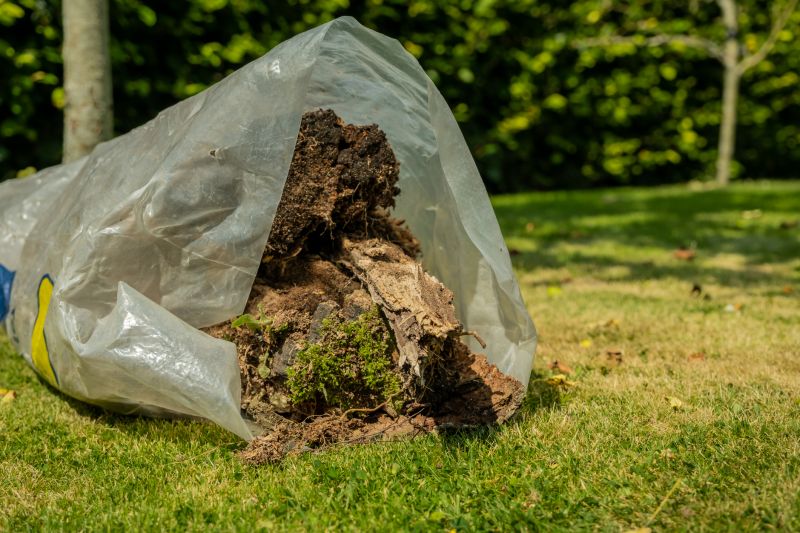
Summer provides longer daylight hours, but higher temperatures require careful planning to avoid heat stress.
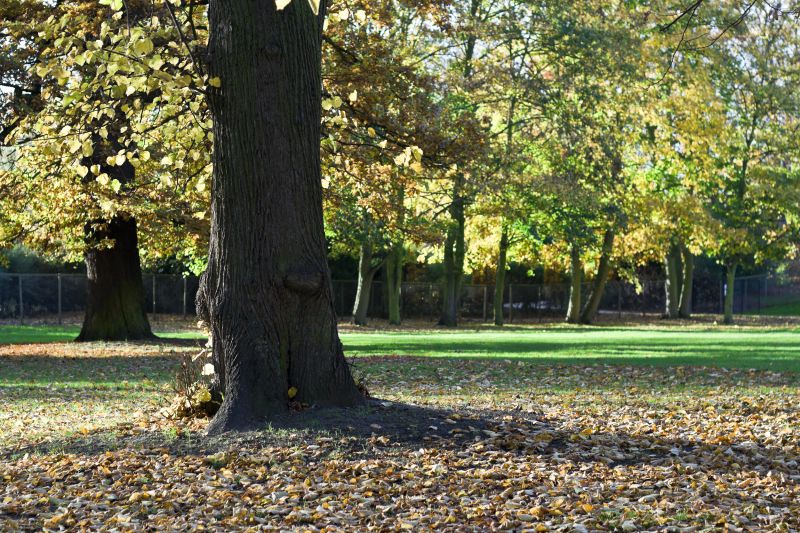
Fall is often preferred due to cooler temperatures and trees entering dormancy, minimizing impact on surrounding landscape.
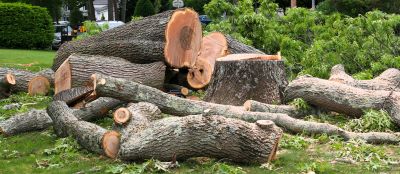
Ways to make Tree Removals work in tight or awkward layouts.
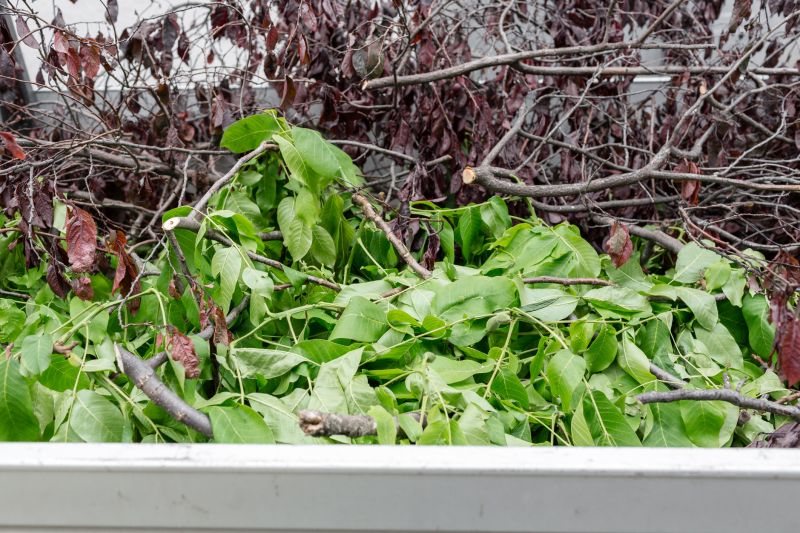
Popular materials for Tree Removals and why they hold up over time.
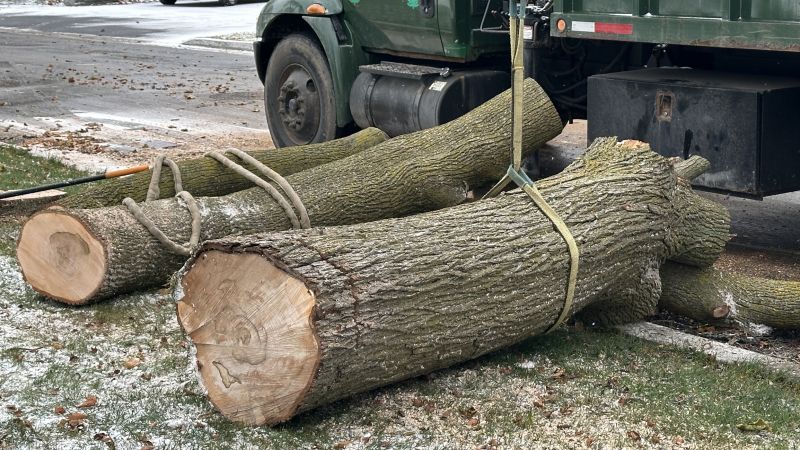
Simple add-ons that improve Tree Removals without blowing the budget.
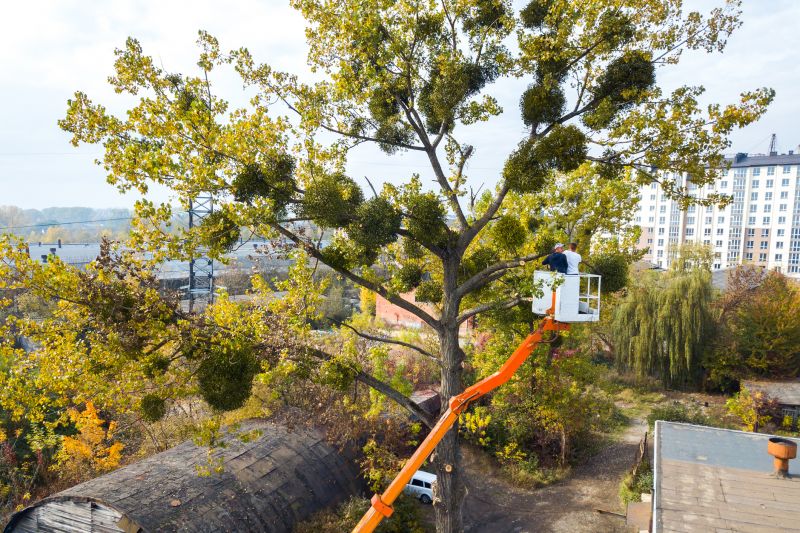
High-end options that actually feel worth it for Tree Removals.
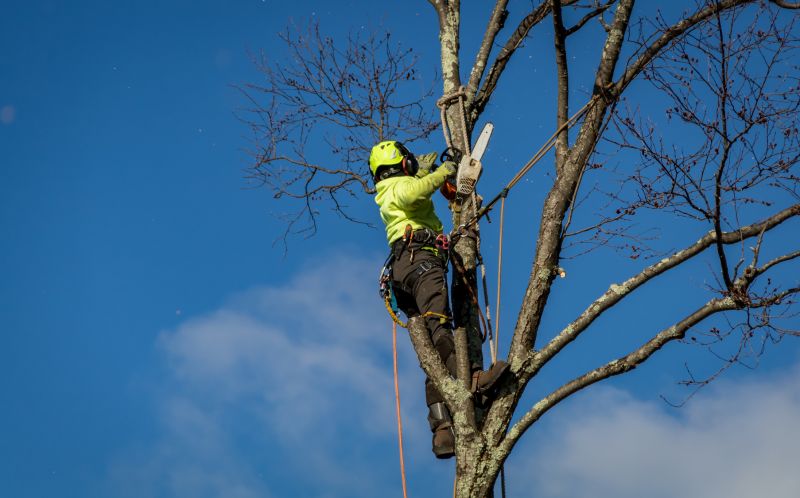
Finishes and colors that play nicely with Tree Removals.
Tree removal is a critical process for maintaining safety, health, and aesthetics of landscapes. The timing of removal can influence the ease of work, safety, and the health of remaining vegetation. Understanding seasonal variations helps determine the most suitable period for tree removal activities.
Weather conditions such as wind, rain, and temperature fluctuations can affect the safety and efficiency of tree removal procedures.
Most deciduous trees are dormant during late fall and winter, making these seasons optimal for removal to reduce stress on remaining roots.
Performing removals during dry, mild weather minimizes the risk of accidents and equipment issues.
Certain species may be better suited for removal in specific seasons based on their growth cycle and wood hardness.
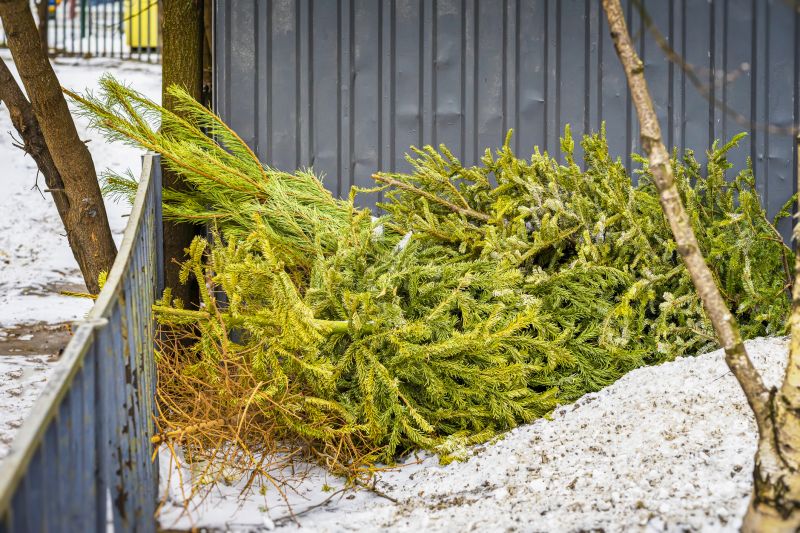
Winter allows for easier access and less disruption to landscaping activities.
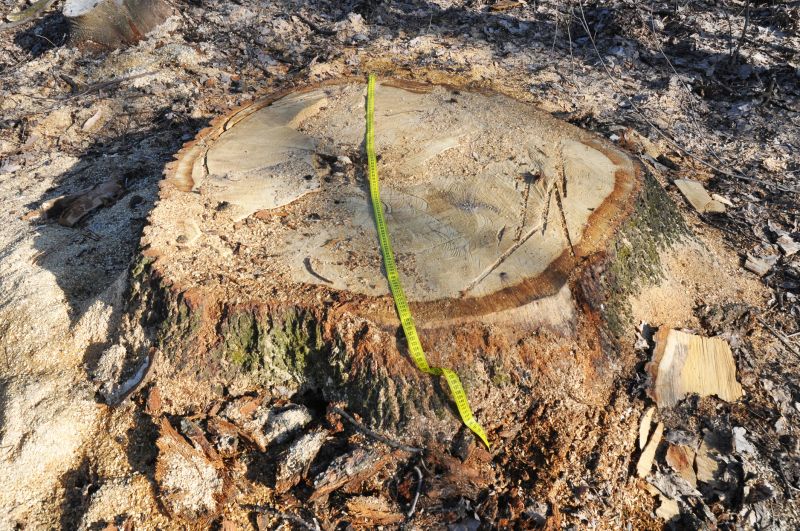
Spring is suitable for removal when trees are beginning to leaf out, reducing stress on remaining vegetation.
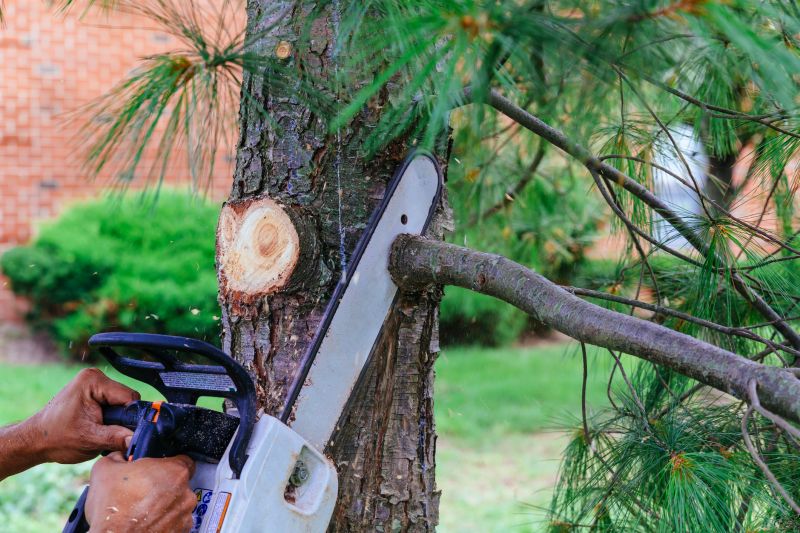
Summer removals require considerations for heat and drought conditions.
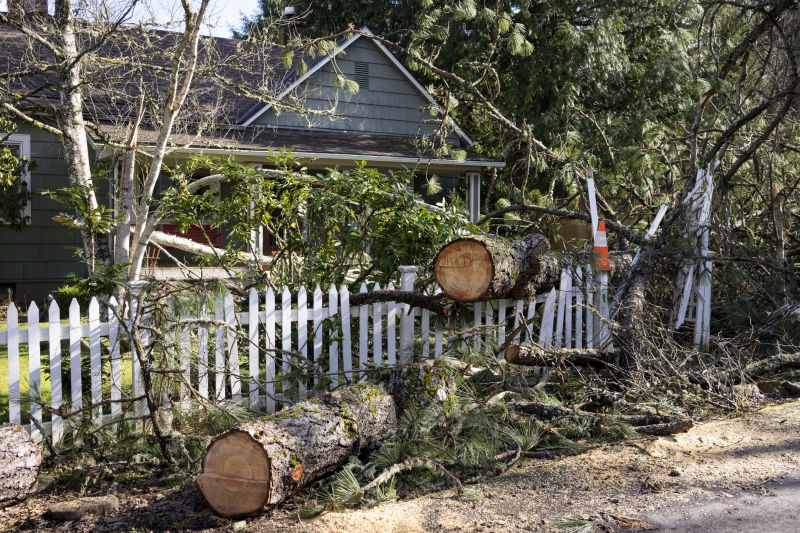
Fall is often preferred due to cooler weather and trees entering dormancy.
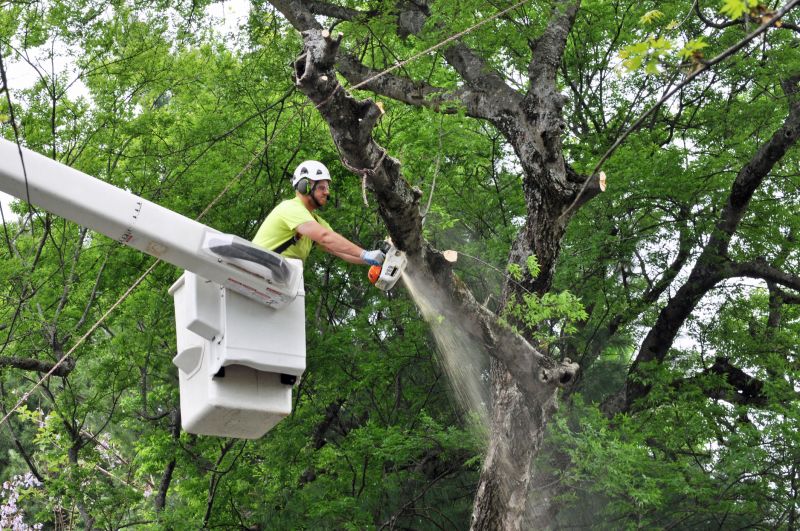
Small tweaks to make Tree Removals safer and easier to use.

Lower-waste or water-saving choices for Tree Removals.
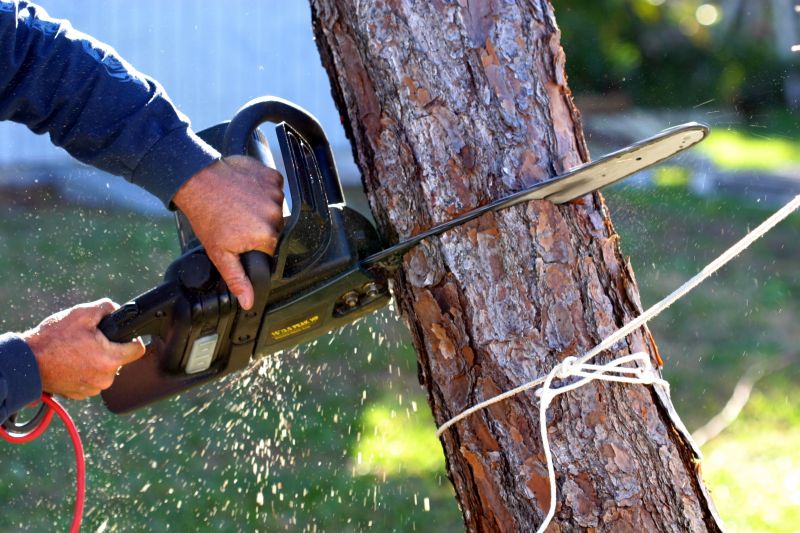
The short, realistic tool list for quality Tree Removals.

Rough timing from prep to clean-up for Tree Removals.
| Season | Advantages |
|---|---|
| Winter | Easier access, less landscape disruption, trees in dormancy |
| Spring | Moderate weather, trees beginning to leaf out |
| Summer | Longer daylight, good for large projects but requires caution |
| Fall | Cooler temperatures, trees in dormancy, less stress |
Choosing the optimal time for tree removal depends on weather conditions, tree species, and landscape considerations. Proper timing ensures safety, minimizes damage to surrounding plants, and can facilitate quicker recovery of the landscape.
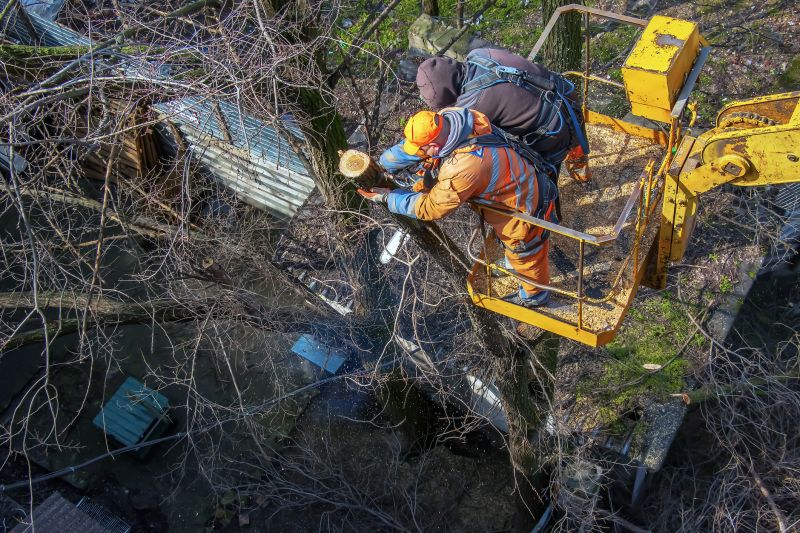
Proper equipment use varies with season, affecting safety and efficiency.
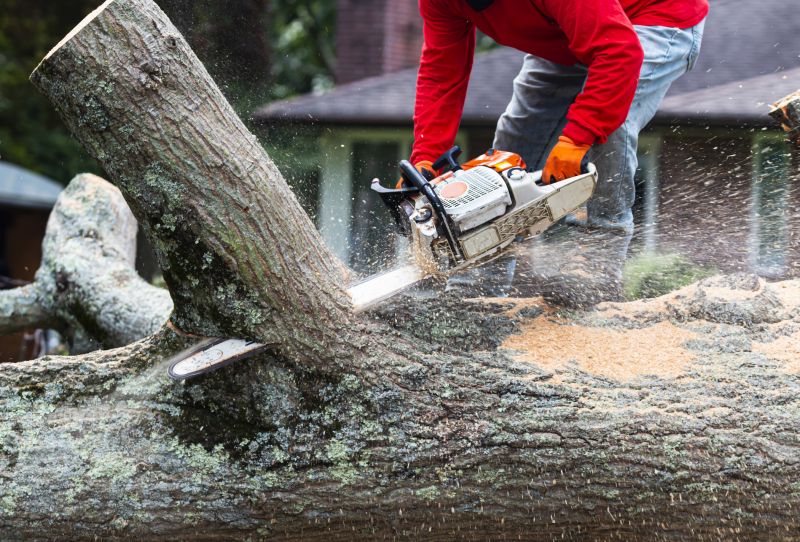
Healthy trees in dormancy are easier to remove with less impact on the landscape.

Timing influences the best period for replanting or landscape restoration.
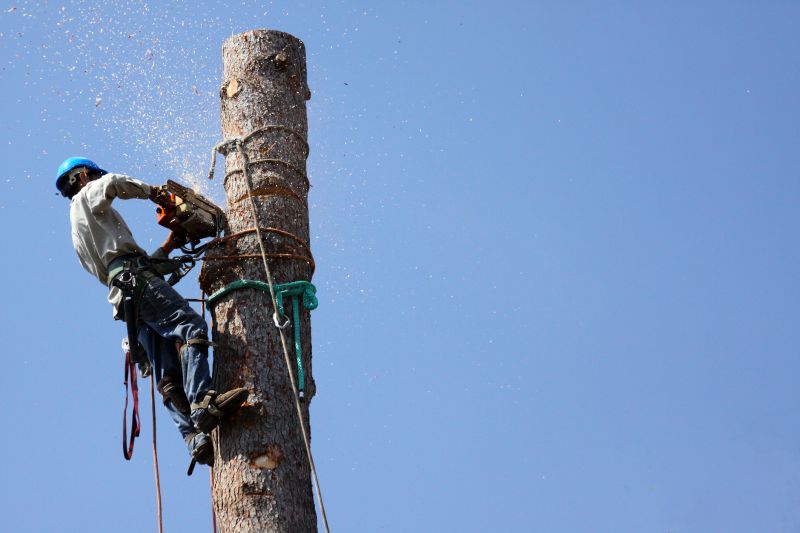
Quick checks and paperwork to keep after Tree Removals.
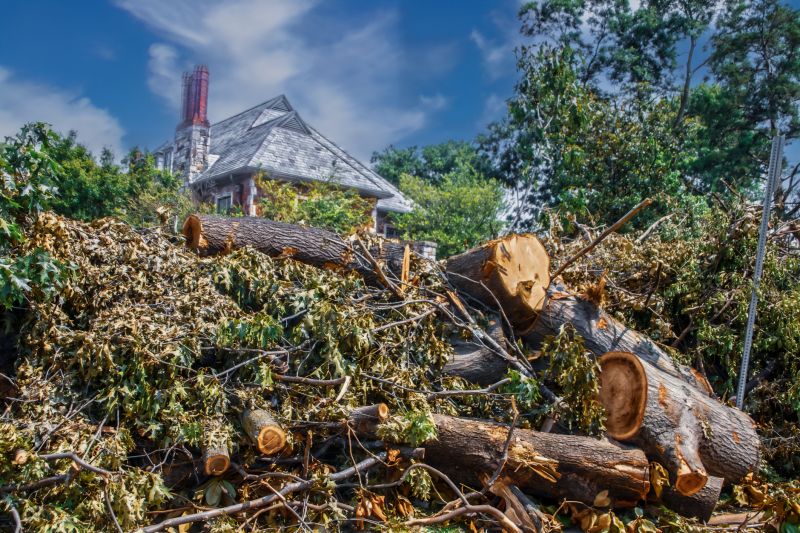
Examples that show the impact a good Tree Removals can make.
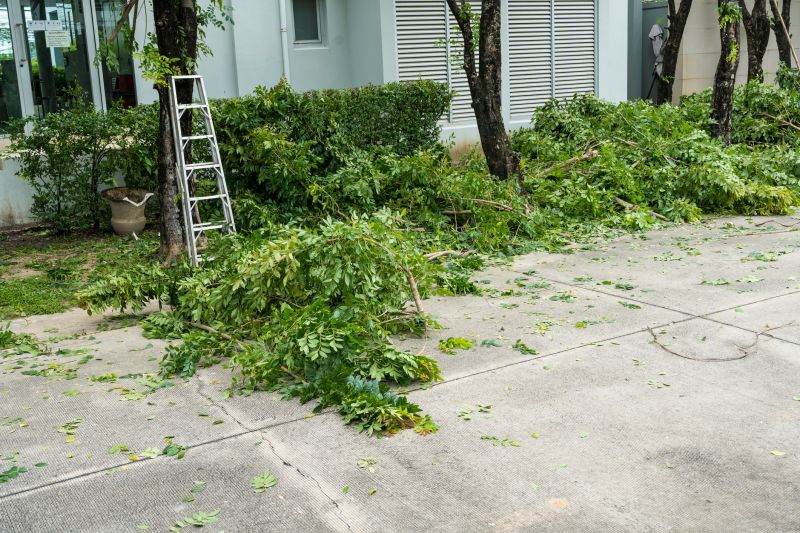
Ways to make Tree Removals work in tight or awkward layouts.
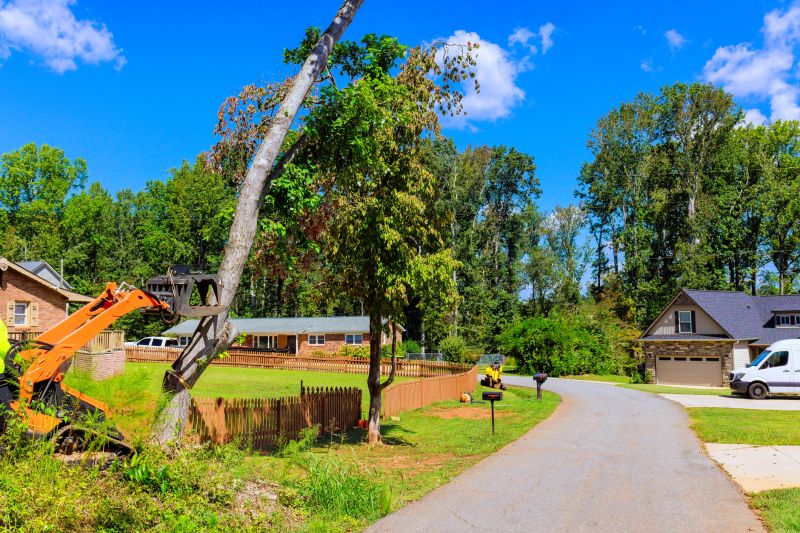
Ways to make Tree Removals work in tight or awkward layouts.
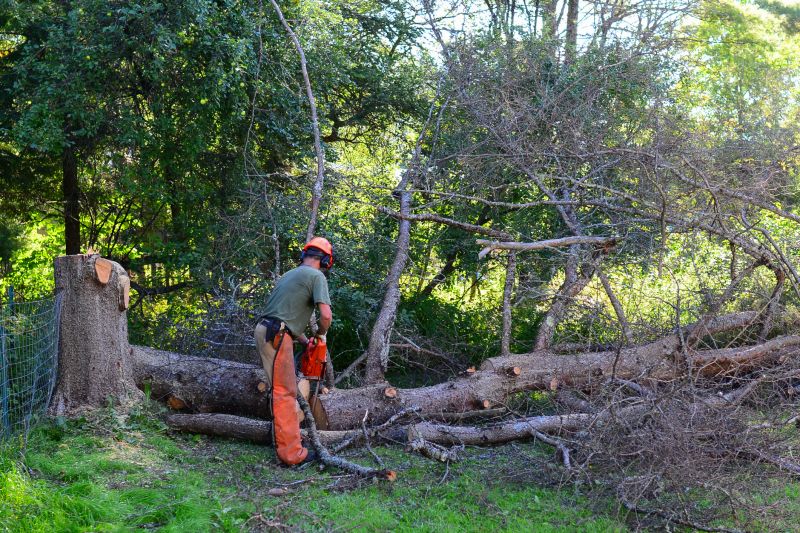
Ways to make Tree Removals work in tight or awkward layouts.
Understanding seasonal impacts on tree removal can assist in planning and executing projects efficiently. Consulting with experienced professionals ensures the timing aligns with best practices for safety and landscape health.
Interested in scheduling a tree removal? Fill out the contact form to get started.
